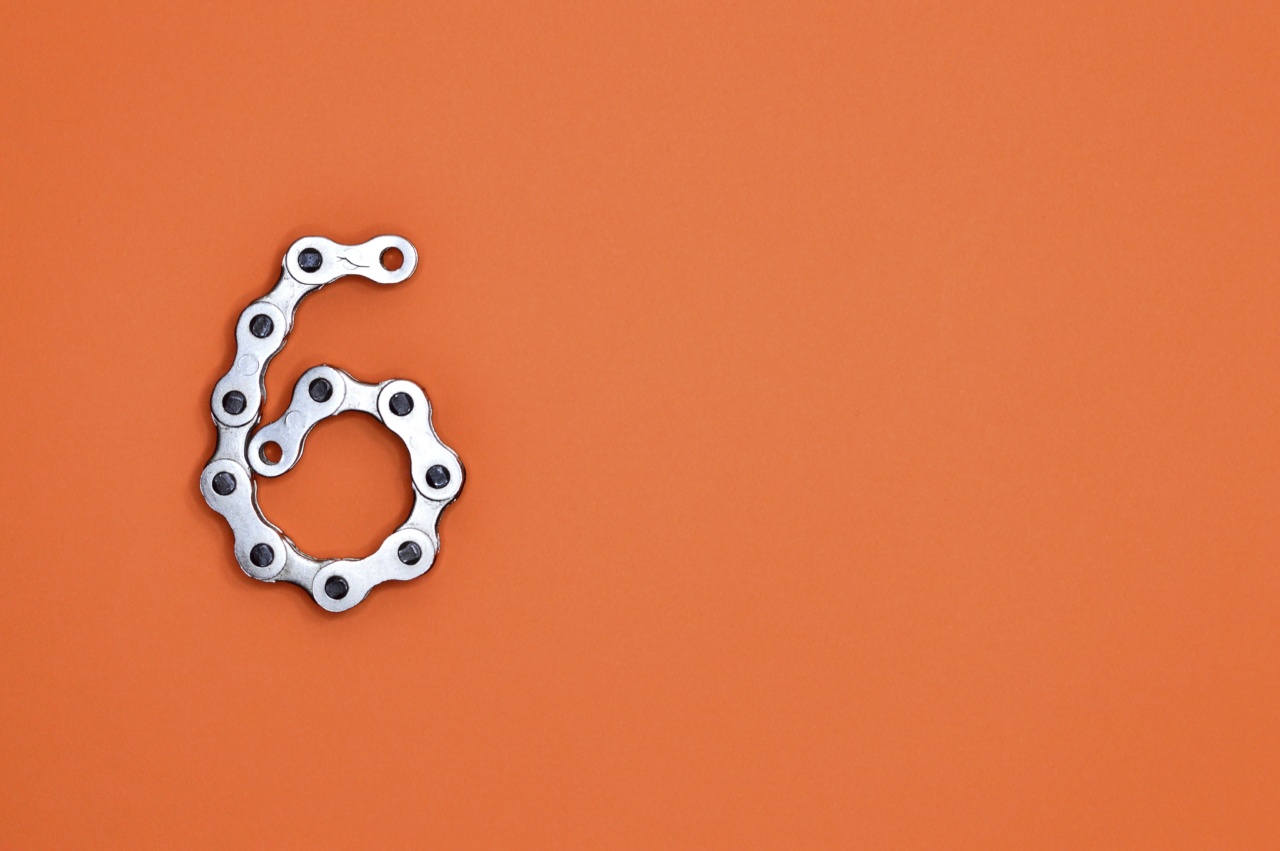Hypotension, also known as low blood pressure, is a condition characterized by a consistently lower than normal blood pressure reading.
While low blood pressure can be desirable in certain cases, such as in athletes or individuals who are fit and healthy, the presence of symptoms may indicate an underlying health problem. It is essential to recognize the symptoms of hypotension to seek proper medical attention and prevent any complications. In this article, we will discuss the six common symptoms of hypotension.
1. Dizziness and lightheadedness
One of the primary symptoms of hypotension is dizziness or lightheadedness, which occurs when there isn’t enough blood flowing to the brain. Individuals experiencing low blood pressure may feel a spinning sensation or may even faint.
These symptoms are usually more noticeable when standing up quickly or standing for extended periods.
2. Fainting or syncope
Fainting, also known as syncope, is a temporary loss of consciousness that occurs due to a lack of sufficient blood flow to the brain. If you have hypotension, you are at a higher risk of experiencing fainting spells.
Fainting can be triggered by sudden changes in position, standing for long durations, or situations that cause dehydration.
3. Fatigue and weakness
Individuals with hypotension may experience persistent fatigue and weakness due to inadequate blood supply to the muscles and vital organs.
Low blood pressure can make you feel drained and lethargic, affecting your ability to perform daily tasks or engage in physical activities.
4. Blurred vision
Low blood pressure can affect the optimal functioning of your eyes, resulting in blurred vision or difficulty focusing. These visual disturbances may be intermittent or persistent, and they are typically related to the fluctuations in blood pressure.
5. Rapid and shallow breathing
In some cases, hypotension can lead to rapid and shallow breathing. Shallow breathing occurs when your body tries to compensate for the decreased blood flow by increasing the respiratory rate.
If you notice sudden changes in your breathing pattern along with other symptoms of low blood pressure, it is advisable to seek medical attention promptly.
6. Cold and clammy skin
Another symptom of hypotension is having cold and clammy skin. When blood pressure drops, the body responds by narrowing the blood vessels to maintain blood flow to vital organs.
This can reduce blood circulation to the skin, causing it to feel cold and moist to the touch.
Conclusion
Recognizing the symptoms of hypotension is crucial for prompt diagnosis and appropriate treatment.
If you experience dizziness, lightheadedness, fainting, fatigue, blurred vision, rapid breathing, or cold and clammy skin, it is important to consult a healthcare professional to identify the underlying cause and manage the condition effectively.





























